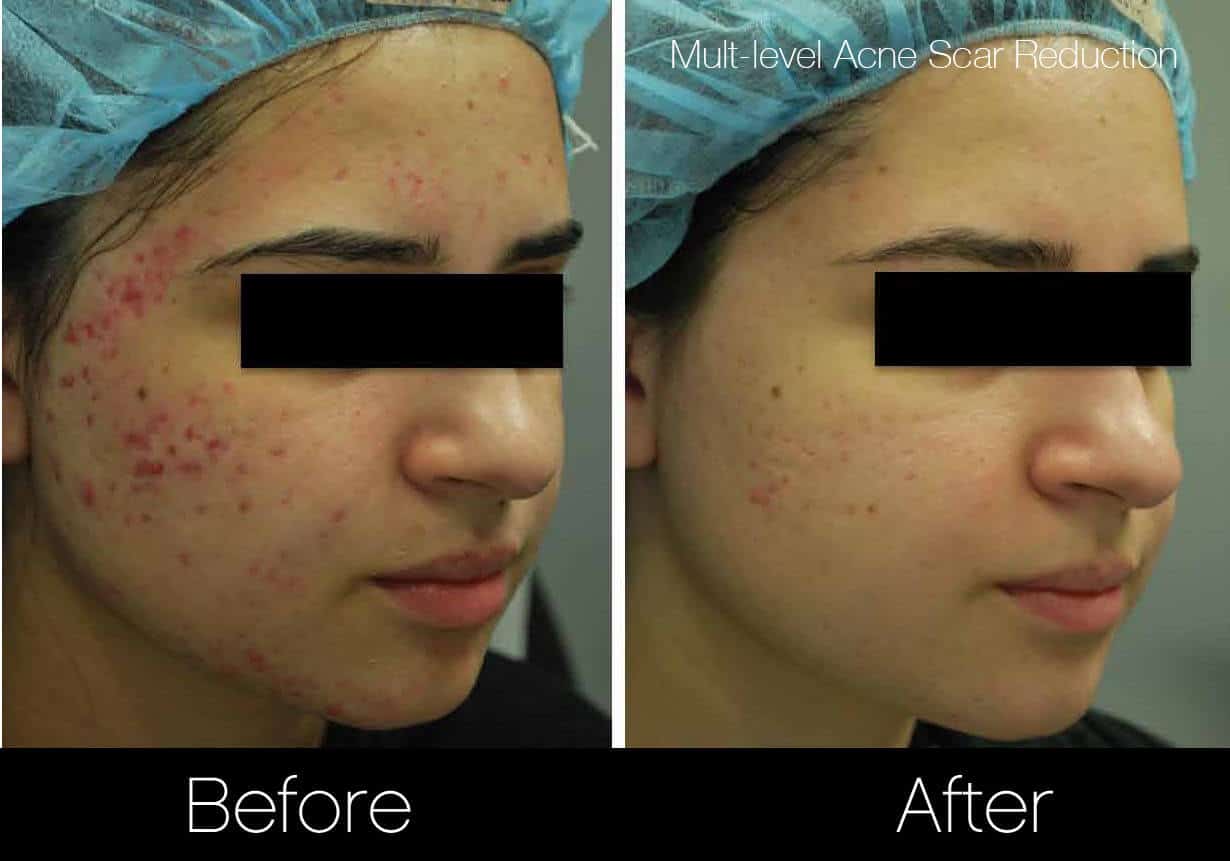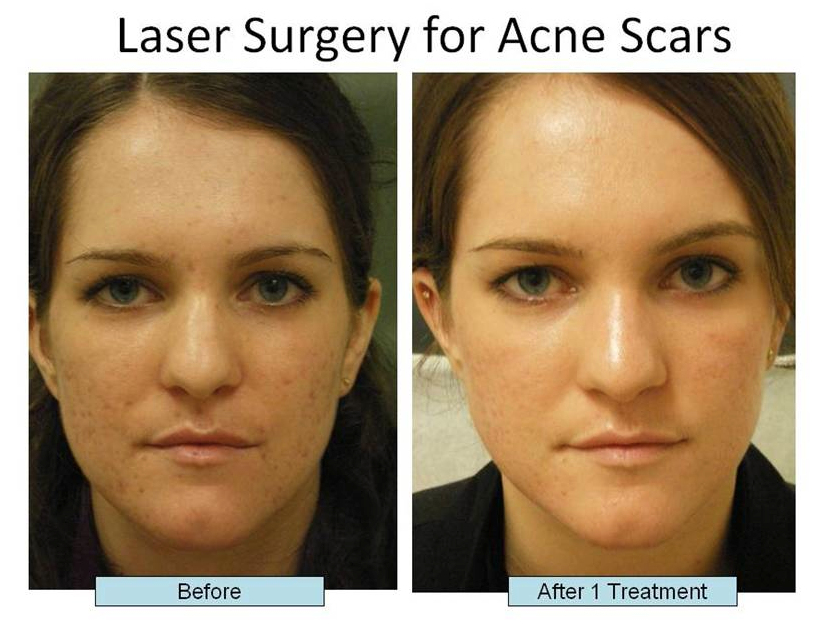Best Acne and Acne Scars Treatment: Recover Your Skin's Natural Elegance
Checking Out Skin Conditions: Determining and Treating Acne Scars for Healthier Skin
Acne marks represent a substantial concern for individuals looking for to maintain healthy and balanced skin, as they can affect both appearance and self-worth. Comprehending the numerous types of marks, from atrophic to hypertrophic, is vital for determining proper therapy options.
Recognizing Acne Scars
Understanding acne marks is critical for anyone that has actually experienced severe acne, as these marks can have a long lasting influence on both physical appearance and emotional wellness. Acne marks form when the skin goes through inflammatory actions throughout active acne lesions. The extent of scarring is usually affected by elements such as the sort of acne, its period, and private skin features.
The body's all-natural healing process can result in either atrophic marks, which appear as clinical depressions in the skin, or hypertrophic marks, which are raised and result from overproduction of collagen. Furthermore, the psychological toll of acne marks should not be ignored; many people report feelings of humiliation, stress and anxiety, and decreased self-confidence. This psychological concern can influence social interactions and total lifestyle.
Attending to acne marks requires a detailed understanding of their development and effect. Recognition of the capacity for long-term effects related to untreated marks can encourage people to look for appropriate therapies. Early intervention and efficient administration strategies can substantially enhance skin look and improve psychological resilience, highlighting the relevance of understanding the intricacies surrounding acne marks.
Kinds Of Acne Scars
Acne scars can be classified into unique types, each showing unique characteristics and calling for certain therapy strategies. The primary kinds of acne marks include atrophic, hypertrophic, and keloid scars.

Hypertrophic marks, on the other hand, are elevated above the skin level and are the result of extreme collagen manufacturing throughout the healing procedure. They normally remain within the limits of the initial acne sore. Keloid marks are comparable but expand beyond the original injury website, developing bigger, raised areas that can be unpleasant or scratchy.
Recognizing these types of scars is essential for choosing ideal treatment choices. Different scars may respond far better to details therapies, such as laser therapies, fillers, or surgical interventions, stressing the importance of a tailored strategy to acne mark administration.
Recognizing Your Marks
Acne scars normally fall right into two classifications: hypertrophic and atrophic marks. These can further be categorized right into ice-pick scars, boxcar scars, and rolling marks, each displaying distinct attributes and needing different strategies for assessment - skin rejuvenation treatments.
Hypertrophic marks, on the various other hand, are increased and take place because of excessive collagen manufacturing throughout the healing procedure. Recognizing the certain attributes of your scars-- such as width, texture, and depth-- is necessary for appropriate recognition. In addition, think about the distribution of scars across your skin, as this can indicate the severity and period of the acne problem.
Engaging with a skin doctor can supply valuable understandings right into the nature of your marks, helping in the distinction in between numerous types. A complete understanding of your marks will inevitably lead to an extra customized and reliable treatment plan, ensuring a more clear and healthier skin.
Treatment Alternatives Readily Available
Identifying the particular sort of acne marks present on your skin prepares for exploring effective treatment choices. Typical kinds of acne marks include atrophic (depressed), hypertrophic (elevated), and post-inflammatory erythema.
For atrophic marks, options such as chemical peels, microneedling, and laser resurfacing are widely used. Chemical peels utilize acids to remove the outer layer of skin, promoting new cell development. Microneedling involves little needles that create micro-injuries, stimulating collagen manufacturing. Laser resurfacing targets harmed skin cells, boosting appearance and tone.
Hypertrophic scars can be treated with corticosteroid injections to over here squash the mark or laser therapy to minimize inflammation and improve look. acne and acne scars treatment. Silicone gel sheets and pressure dressings might also assist in handling elevated marks
Additionally, dermal fillers can briefly fill up in depressions from atrophic marks, while surgical excision may be suitable for extreme instances. Each therapy option has its benefits and factors to consider, making it necessary to seek advice from a skin doctor. They can offer customized recommendations based on the type and intensity of your scars, along with your skin type and general health.
Tips for Prevention
Effective prevention techniques can considerably reduce the probability of developing acne scars. Utilizing non-comedogenic products aids protect against blocked pores, which can intensify acne.
Staying clear of need to choose or pop acne sores is important, as this can cause much deeper skin damage and enhance the threat of scarring. Rather, consider utilizing a chilly compress or non-prescription treatments to decrease swelling and inflammation.
Sunlight defense is another important facet of prevention; ultraviolet (UV) rays can darken scars and impede the recovery procedure. Using a broad-spectrum sun block with a minimum of SPF 30 daily can secure the skin and advertise also recovery.
Last but not least, keeping a well balanced diet abundant in minerals, antioxidants, and vitamins sustains skin health and wellness and recovery. Staying moisturized and taking care of anxiety degrees can likewise play a considerable role in decreasing acne flare-ups. By executing these approaches, people can substantially reduce their chances of establishing acne marks.

Verdict
To conclude, understanding and recognizing acne marks is necessary for reliable therapy and achieving much healthier skin. Different kinds of acne scars, consisting of atrophic and hypertrophic scars, require particular treatments customized to private needs. Therapy options official statement array from chemical peels and microneedling to corticosteroid injections, highlighting the importance of speaking with a skin specialist. Furthermore, embracing a gentle skincare routine and safeguarding the skin from UV exposure can considerably add to the prevention of more scarring and total skin health.
The body's natural recovery process can result in either atrophic marks, which show up as anxieties in the skin, or hypertrophic scars, which are elevated and result from overproduction of collagen. They are further separated right into three subtypes: ice choice scars, boxcar scars, and rolling marks. Acne scars usually fall into 2 classifications: atrophic and hypertrophic scars. These can further be identified into ice-pick marks, boxcar scars, and rolling scars, each displaying distinct features and needing different techniques for assessment.
Various kinds of acne scars, consisting of atrophic and hypertrophic marks, necessitate helpful hints certain interventions tailored to specific needs.